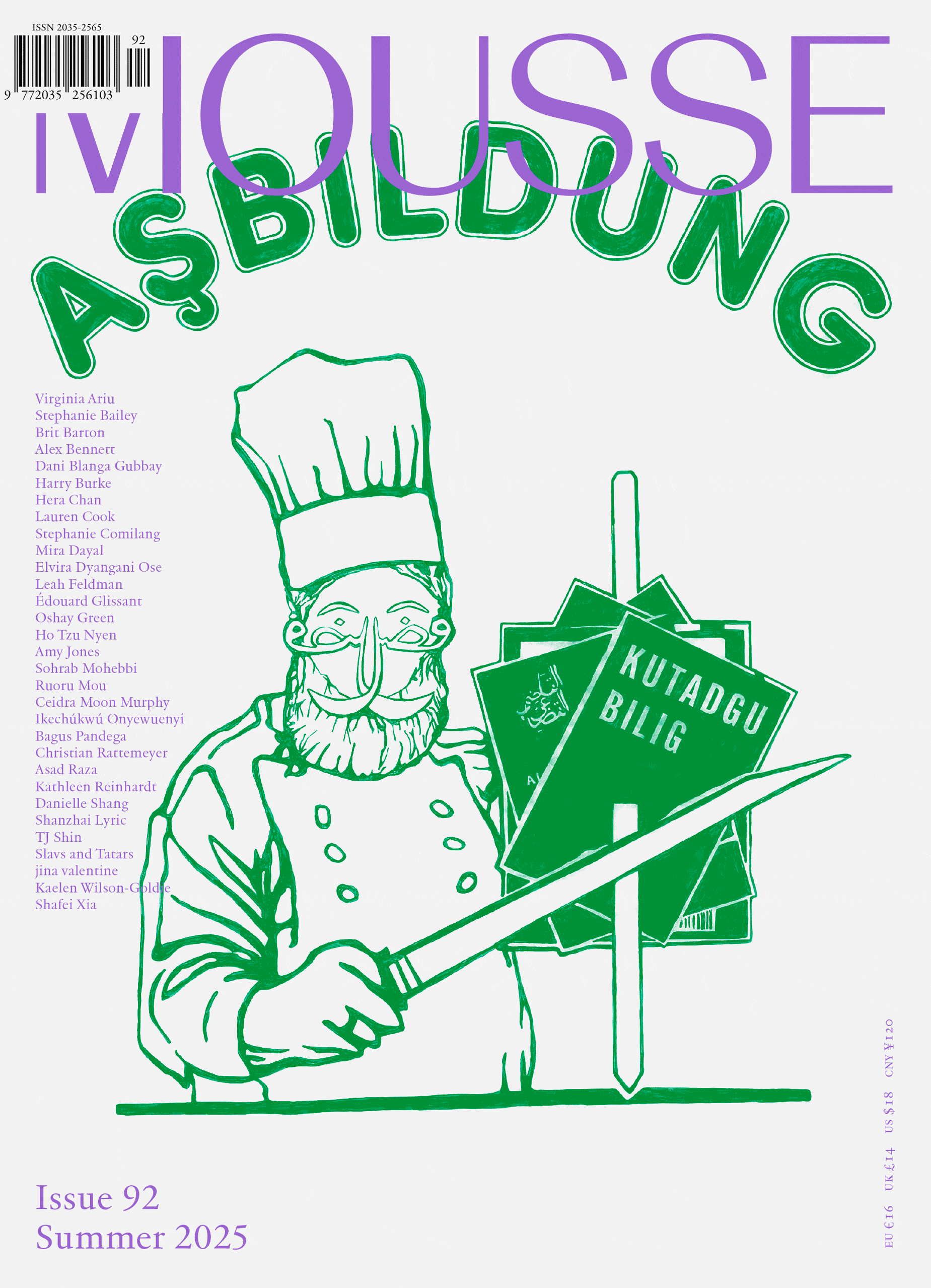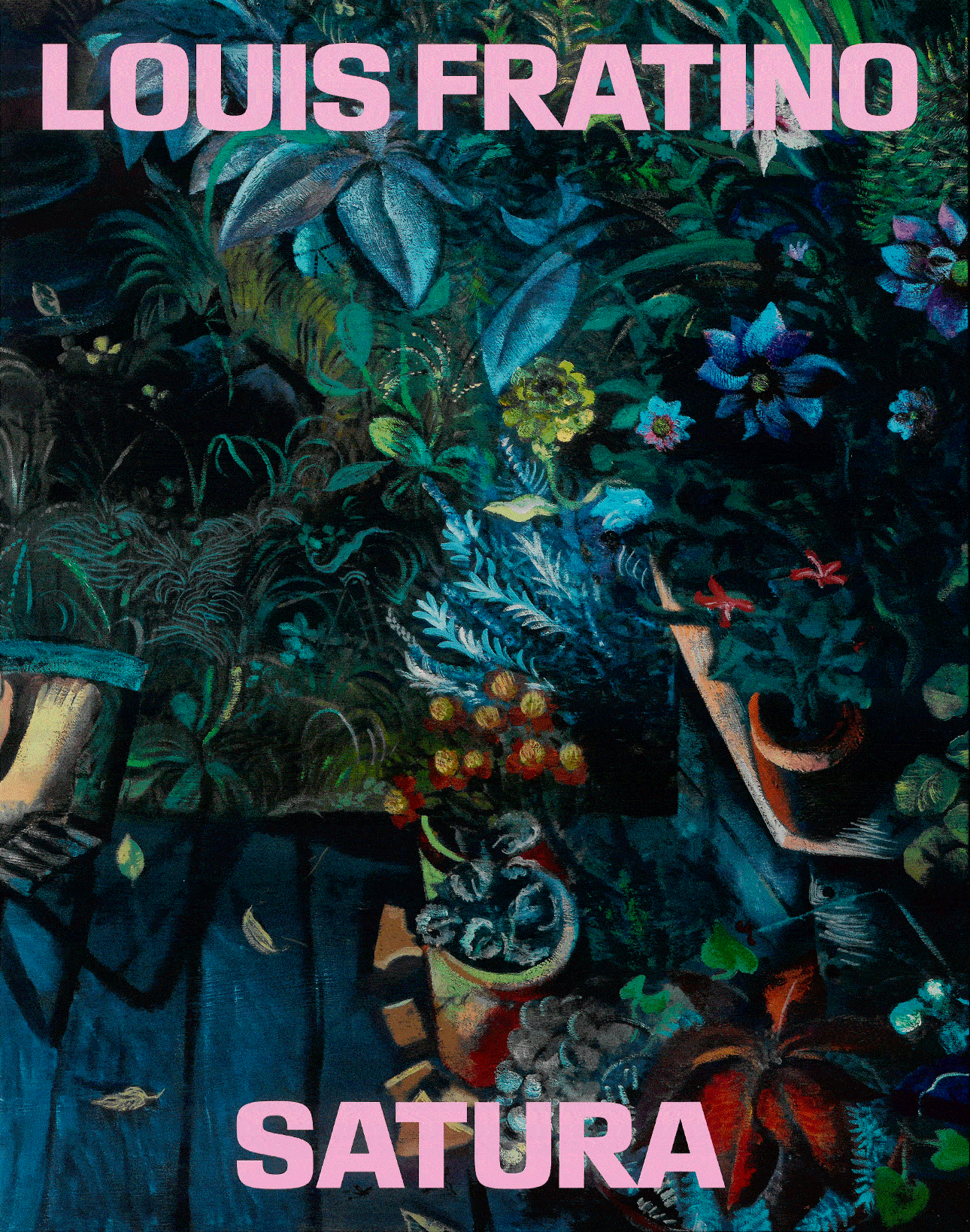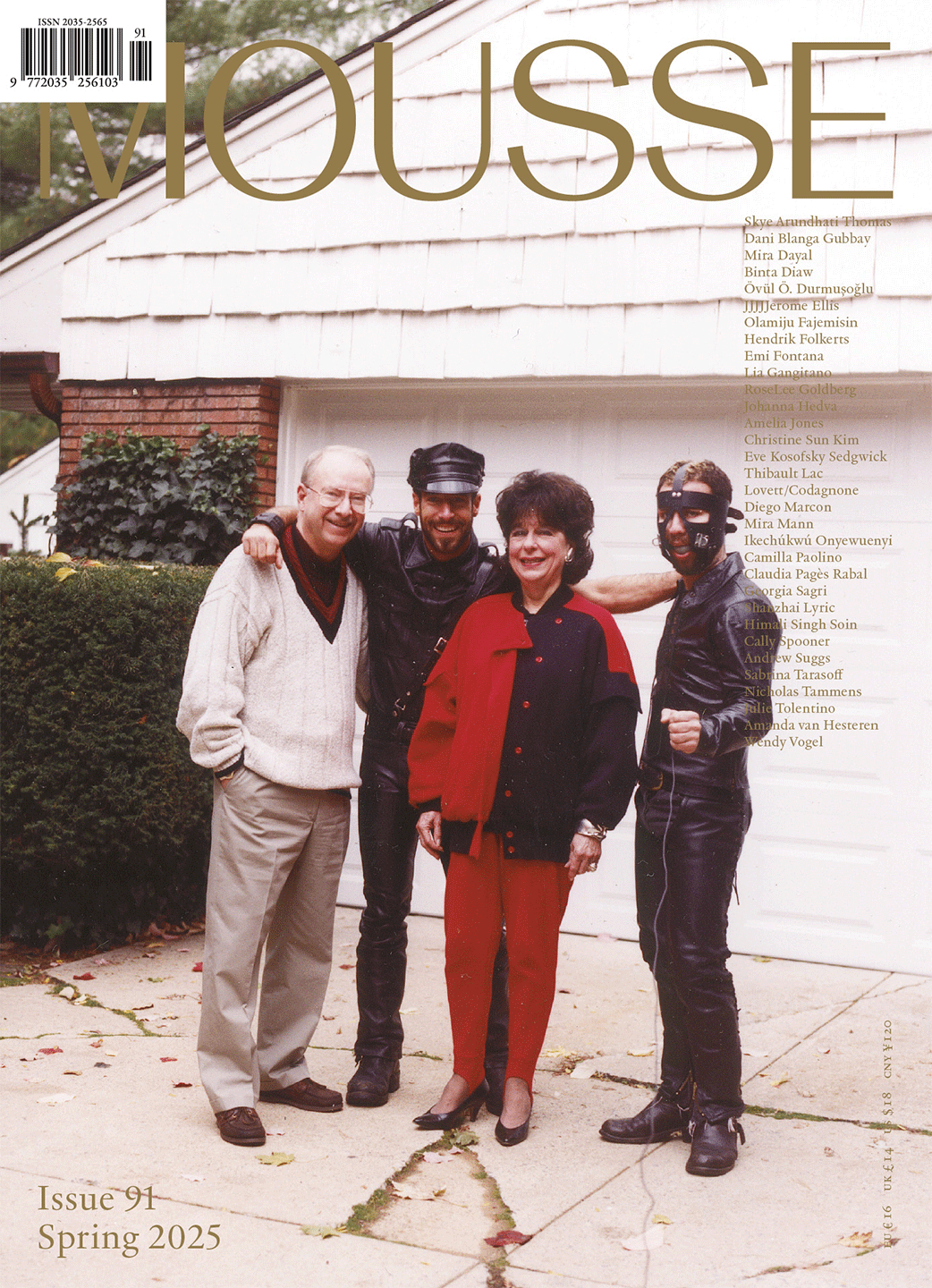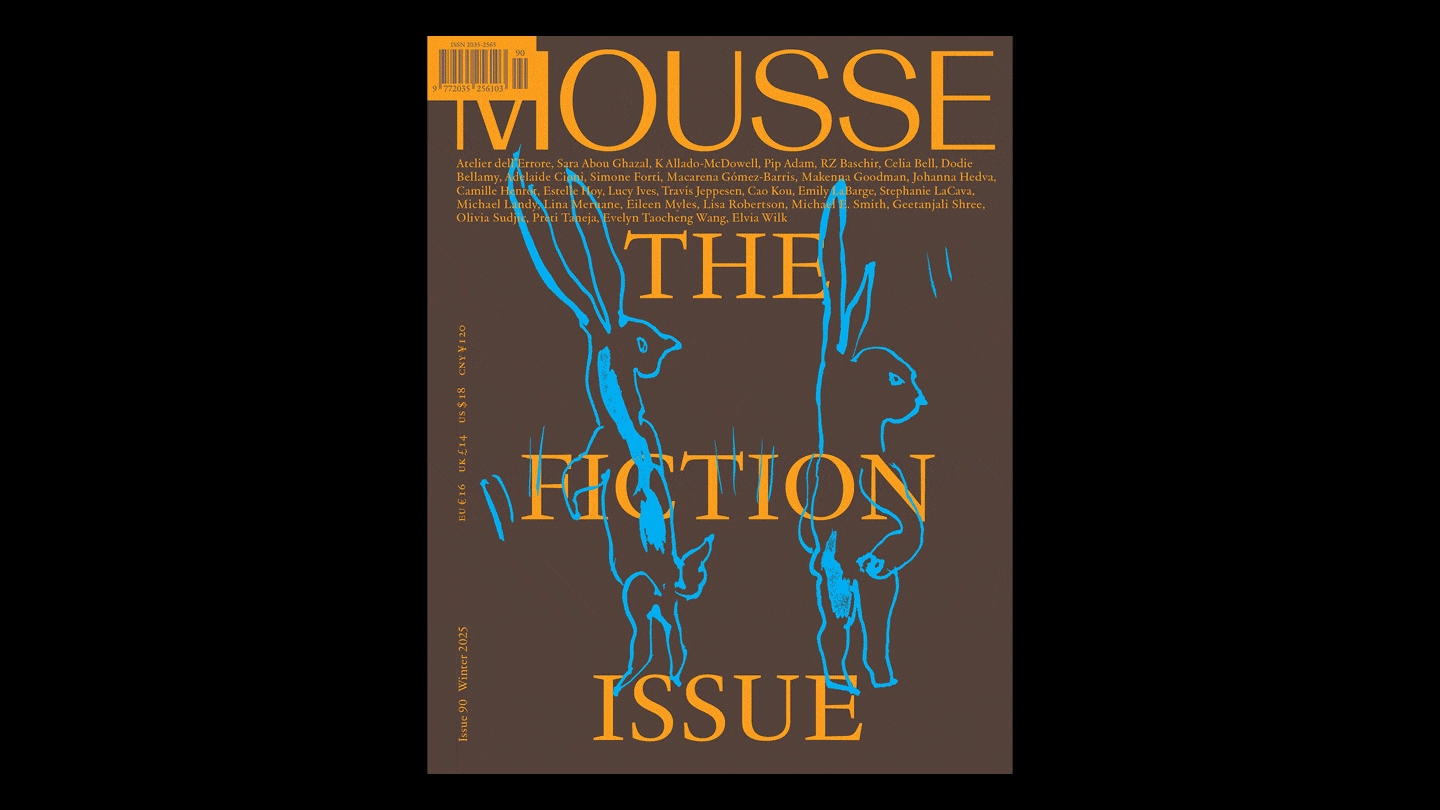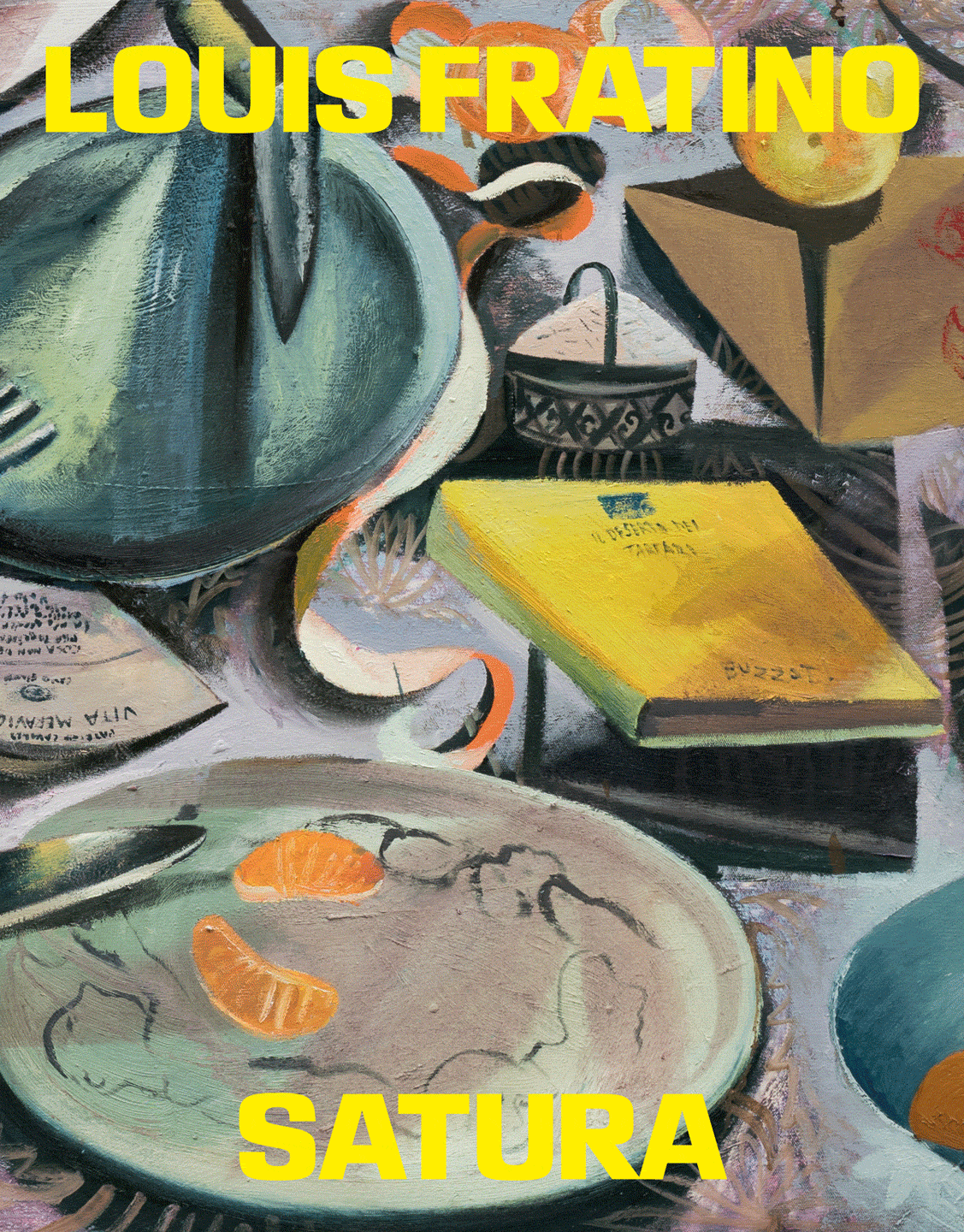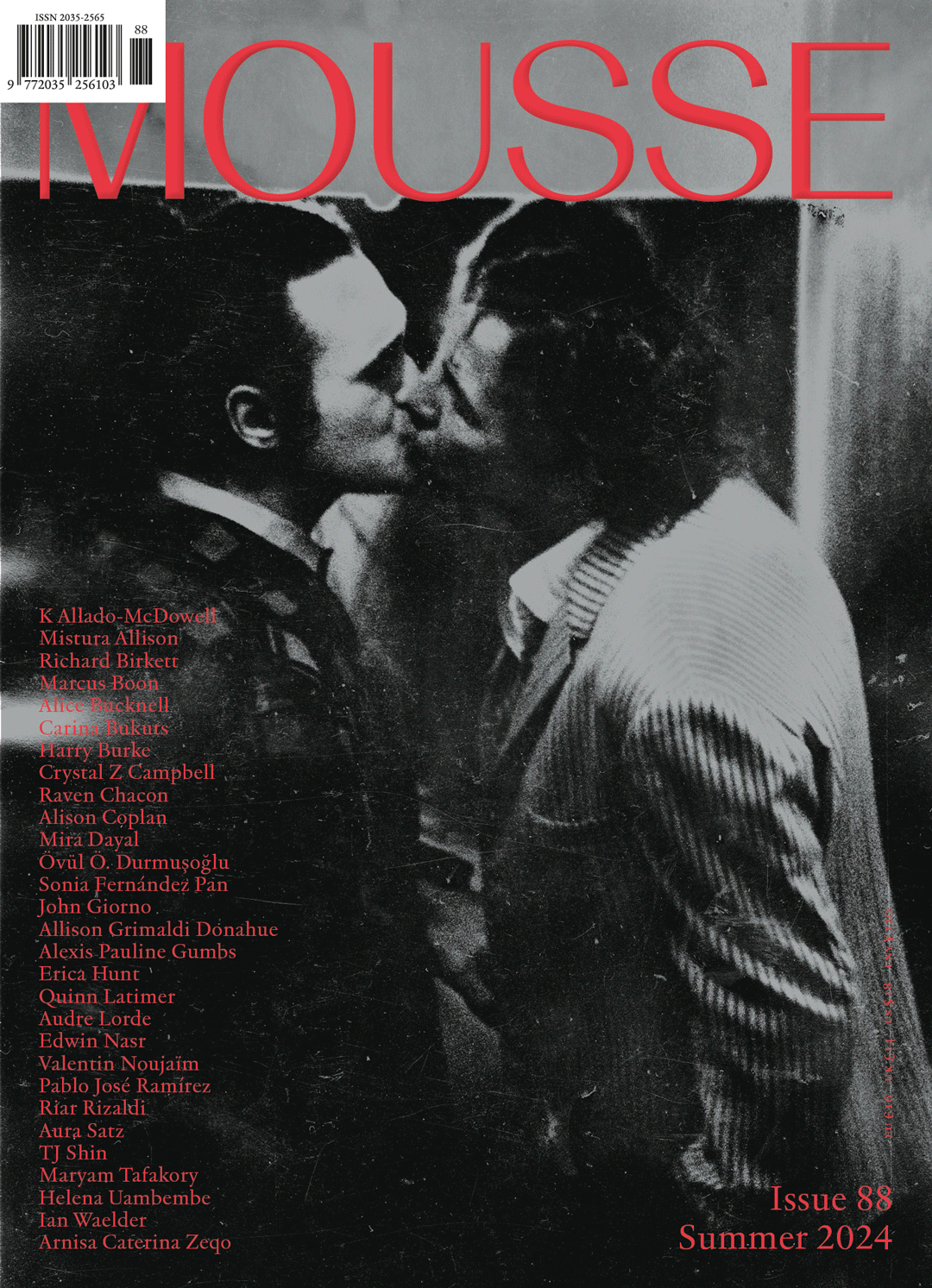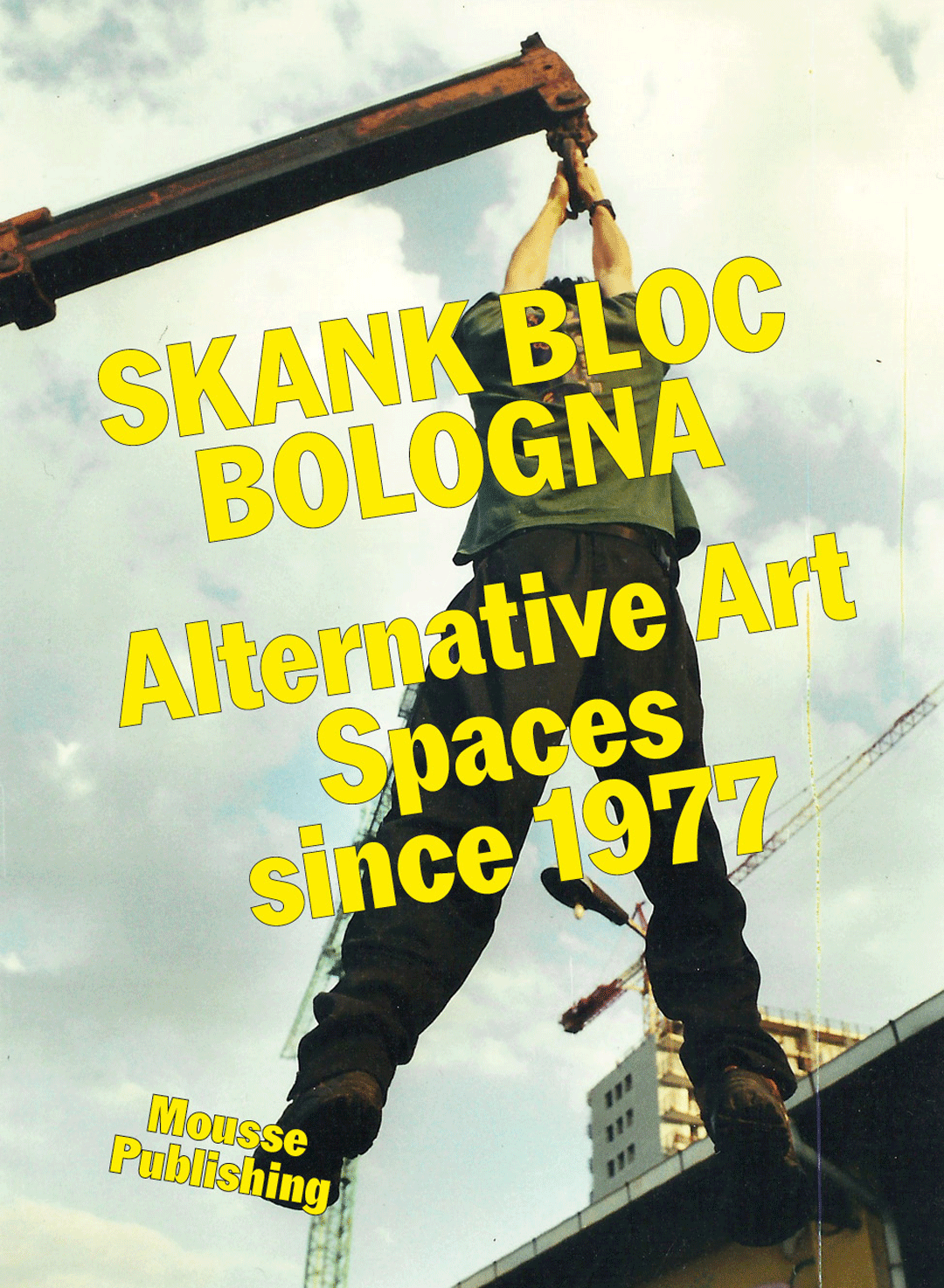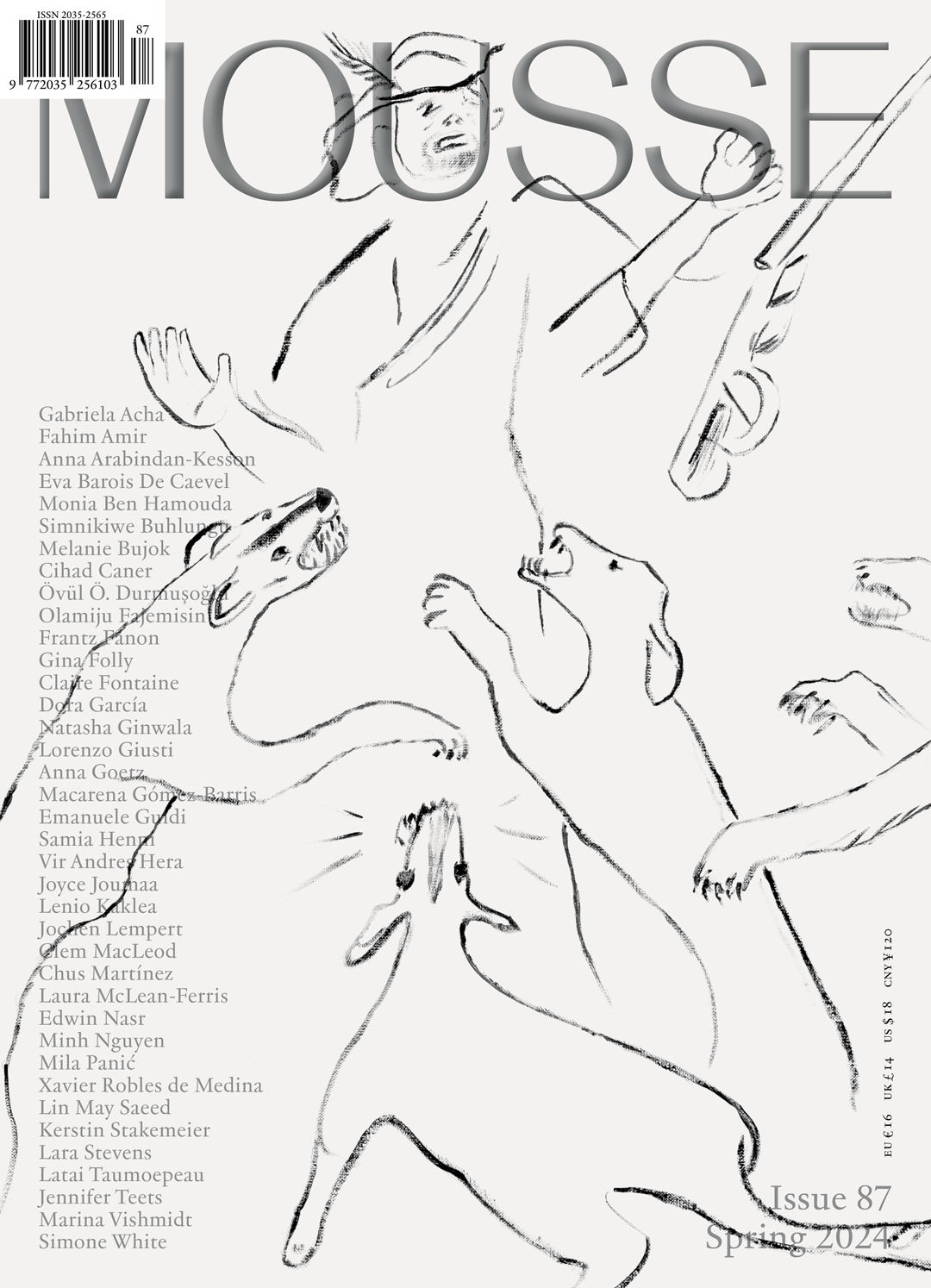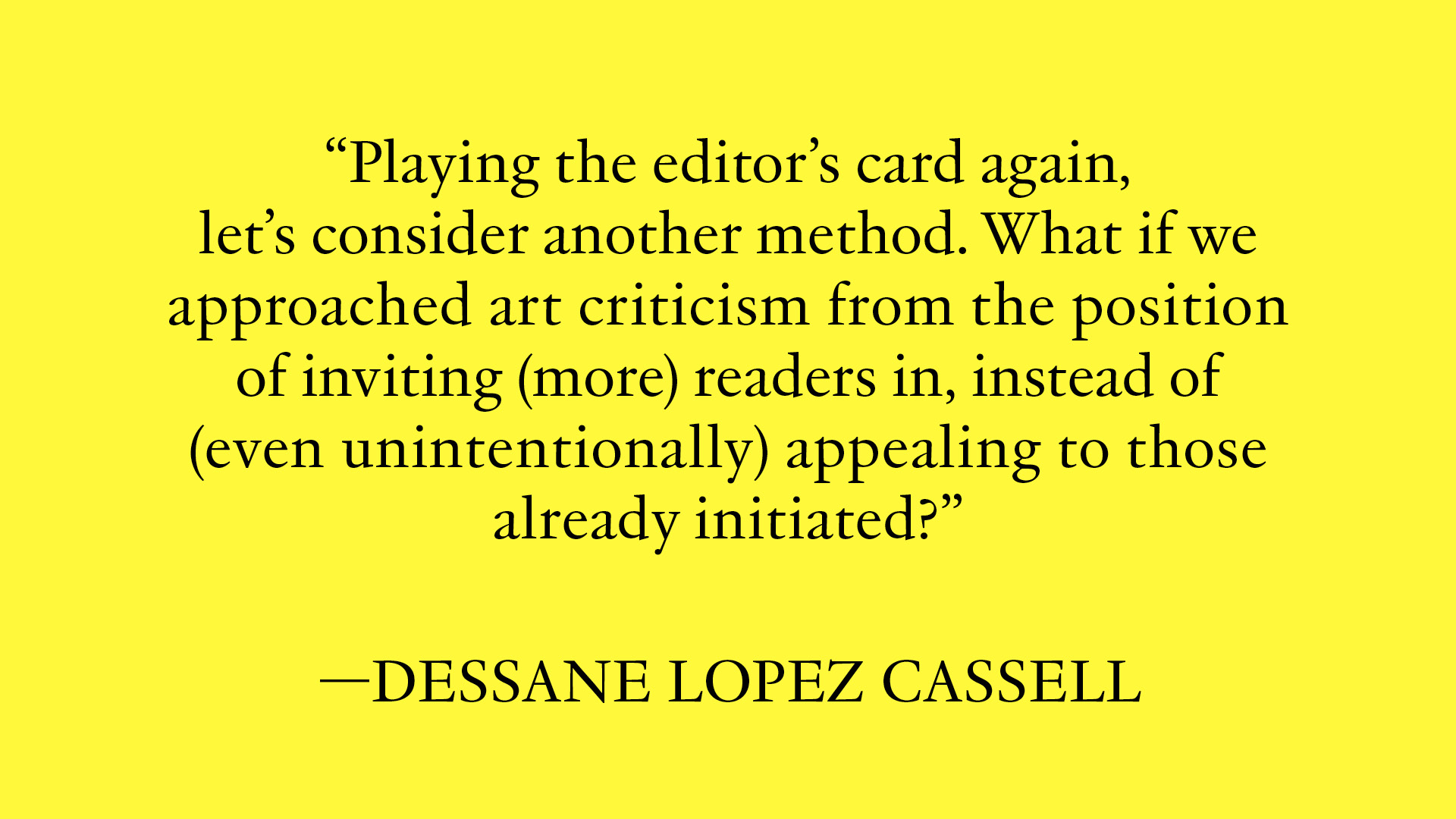Get Mousse #89 or subscribe.
Join our newsletter.
Dear readers, can we resist instantaneousness? And emotional mining? Marcel Duchamp once explained his use of time as such: “Oh, I’m a breather, I’m a respirateur, isn’t that enough?” Philosopher Byung-Chul Han proposes contemplation as an exercise in not attending to some things in order to attend to others. To make time, it takes time.
Survey: Shu Lea Cheang
Art of the Interzone
McKenzie Wark dials into a radical practice that has been pushing the limits of media art since the 1990s: “Shu Lea Cheang is a peripatetic artist who finds collaborators along the way. It is as if all the friendly edges of the interzone, everywhere, are all the same city. Some of us aren’t really at home anywhere else except here.”
We Ate Sheep. We Lost the Plot.
Shu Lea Cheang sits down with curator Lauren Cornell and artist Tiffany Sia to discuss her continuous engagement with technology and speculative sci-fi narratives; the topics of surveillance and bioengineering; and pornography as a catalyst for empowerment from a queer and feminist perspective.
Opinion: You Made Me Do This
“A good test of whether you’ve been indoctrinated by the contemporary art business is when you look at such practices and ask, ‘But how do they make a living from that?’” Martin Herbert muses on some of his favorite “independent, mobile, intelligent” approaches to life as an artist.
Monograph: Things Don’t Fall Apart Because They Are Laboriously Kept Together
Ana Teixeira Pinto on Adelita Husni Bey’s examination of the relation of social infrastructure to systemic violence and how, in the words of the artist, we might “make good what can never be made good: what we owe each other.”
Monograph: Cannot Resist Seeing
“The living ghosts Ashadu cannot resist seeing trouble the idea of the ‘post’ in ‘postcolonial,’ like . . . a wound that festers under the illusion of healing.” Ikechúkwú Onyewuenyi analyzes how Karimah Ashadu’s work echoes a movement that is about finding oneself and finding one’s place in history.
Thinkers: Vita Contemplativa
Philosopher Byung-Chul Han is well known for his diagnoses of digital-age ills. Steven Knepper describes their contemplative remedies in excerpts from Byung-Chul Han: A Critical Introduction (Polity Press, 2024).
Curators: Glints of Light on Broken Glass
Anthony Huberman reflects on how being artist-centered has remained a compass guiding his approach: “It can begin by listening to artists and giving them a platform to redefine the words we use and reframe the categories we rely on.”
Curators: Notes to Self
“The exhibitions that matter are those that, as Clarice Lispector said about writing, ‘try to open up somehow.’” Sohrab Mohebbi shares a collection of thoughts, quotations, and self-described misinterpretations he has been gathering in the past few years.
Criticism: In the Weeds—Policy Problems
In the Criticism column edited by Mira Dayal, artist and educator jina valentine looks at how her work forms her life and labor beyond the studio, where the potential consequences of protesting social injustices can be far greater.
Reprint: “Lights, Camera, Now-Time!” by Marina Vishmidt
To honor the legacy of their partner and friend, the critical theorist Marina Vishmidt (1976–2024), Danny Hayward and Kerstin Stakemeier selected her essay on Blaise Kirschner’s 2006 film Polly II: Plan for a Revolution in Docklands, where Vishmidt touches upon key arguments of her thinking: material social relationships, antagonism, and critique of institutional infrastructures.
Tidbits: Beatrice Bonino by Liberty Adrien; Charisse Pearlina Weston by Pujan Karambeigi; Kobby Adi by Stephanie Bailey; Gregory J. Markopoulos by Matthew Lyons; Wei Yang by Alex Bennett
Visual: Alia Farid, Elsewhere, 2013–ongoing
Kaelen Wilson-Goldie
“You’re exploring multiple networks related to artists and artisans, traditions related to food and religion, architectural details, geometrical patterns, weaving techniques, and images evoking an ease of movement in the region.” A visual essay about Elsewhere (2013–ongoing) by Alia Farid, with a conversation between the artist and Kaelen Wilson-Goldie.

